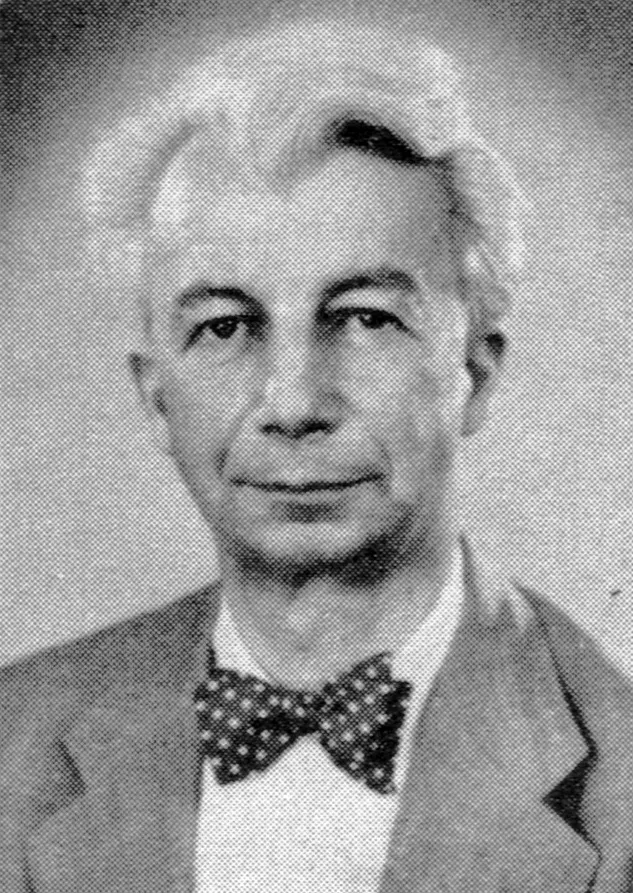Little is known about the designer Günther Heil. he established his graphic studio in Berlin and designed many advertisements for 8mm and 16mm film distributor Bruno Schmidt in the 1960s. These were created in the same era as the film distributor Atlas Films was sending films to art-house theatres and were hiring designers Hans Hillmann, Hans Michel, Günther Kieser, Wolfgang Schmidt and Karl Oskar Blase.

